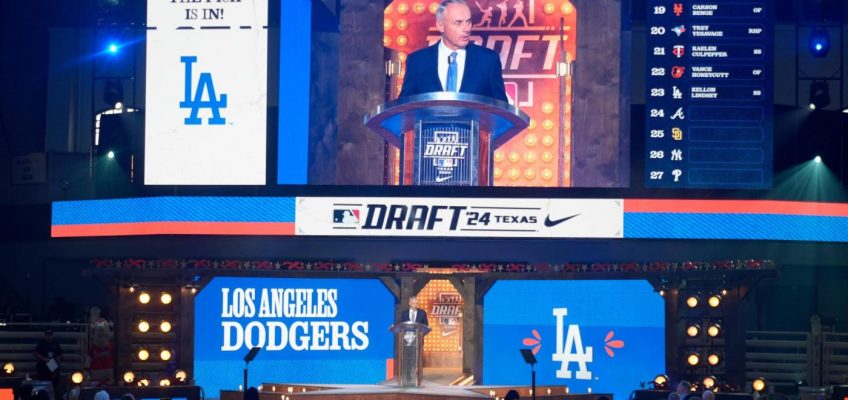NEW YORK — Under threat from the Trump administration, Columbia University agreed to implement a host of policy changes Friday, including overhauling its rules for protests and conducting an immediate review of its Middle Eastern studies department.
The changes, detailed in a letter sent by the university’s interim president, Katrina Armstrong, came one week after the Trump administration ordered the Ivy League school to enact those and other reforms or lose all federal funding, an ultimatum widely criticized in academia as an attack on academic freedom.
In her letter, Armstrong said the university would immediately appoint a senior vice provost to conduct a thorough review of the portfolio of its regional studies programs, “starting immediately with the Middle East.”
Columbia will also revamp its long-standing disciplinary process and bar protests inside academic buildings. Students will not be permitted to wear face masks on campus “for the purposes of concealing one’s identity.” An exception would be made for people wearing them for health reasons.
Related Articles
Trump has ordered the dismantling of the US Education Department. Here’s what that means
Colleges cut ties with a little-known nonprofit targeted by the Trump administration over DEI
Trump’s call to dismantle Education Department shows Republican rightward lurch and his grip on GOP
Trump administration suspends $175 million in federal funding for Penn over transgender swimmer
Under pressure from Trump, Columbia plans its next move with other colleges watching closely
In an effort to expand “intellectual diversity” within the university, Columbia will also appoint new faculty members to its Institute for Israel and Jewish Studies department. It will also adopt a new definition of antisemitism and expand programming in its Tel Aviv Center, a research hub based in Israel.
The policy changes were largely in line with demands made on the university by the Trump administration, which pulled $400 million in research grants and other federal funding, and had threatened to cut more, over the university’s handling of protests against Israel’s military campaign in Gaza.
The White House has labeled the protests antisemitic, a label rejected by those who participated in the student-led demonstrations.
A message seeking comment was left with a spokesperson for the Education Department.
As a “precondition” for restoring funding, federal officials demanded that the university to place its Middle Eastern, South Asian and African Studies Department under “academic receivership for a minimum of five years.”
They also told the university to ban masks on campus, adopt a new definition of antisemitism, abolish its current process for disciplining students and deliver a plan to ”reform undergraduate admissions, international recruiting, and graduate admissions practices.”
Historians had described the order as an unprecedented intrusion on university rights long treated by the Supreme Court as an extension of the First Amendment.
On Friday, freedom of speech advocates immediately decried Columbia’s decision to acquiesce.
“A sad day for Columbia and for our democracy,” Jameel Jaffer, the director of Knight First Amendment Institute at Columbia University, said in a social media post.



